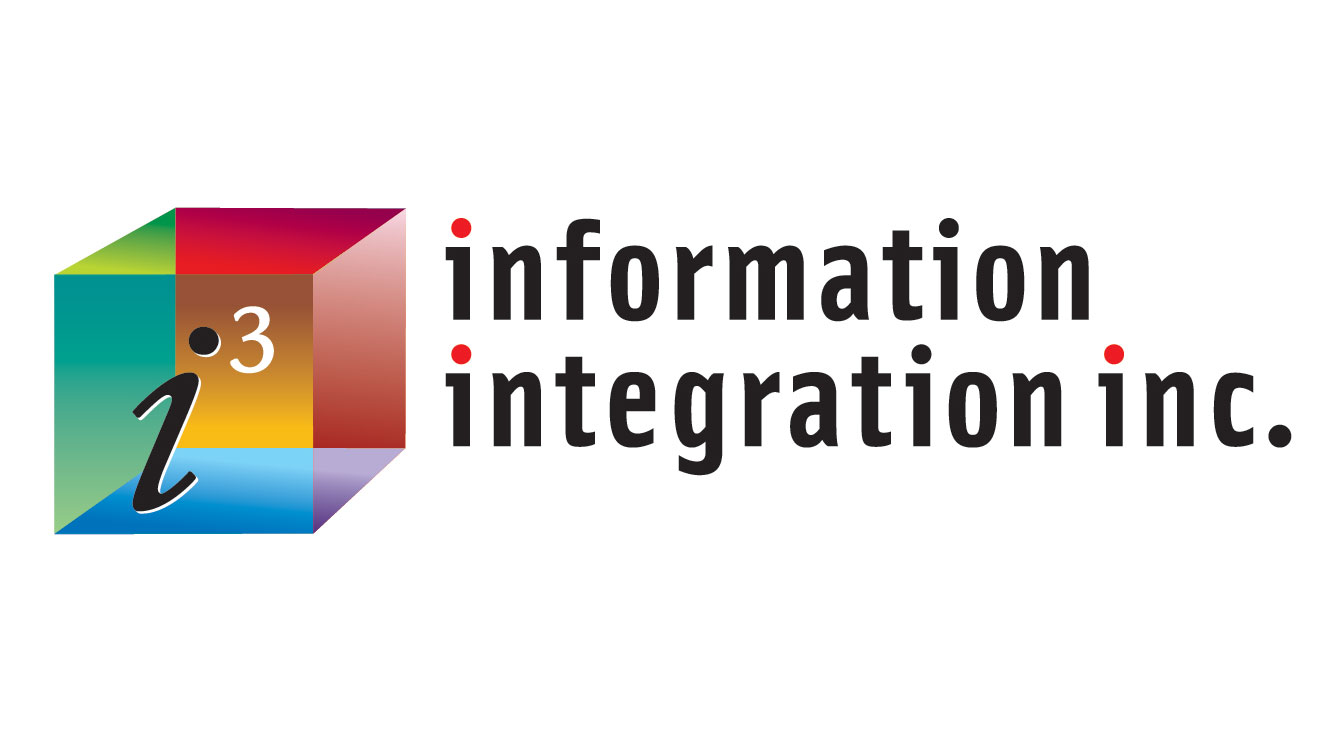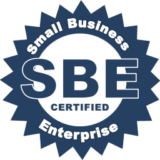Online learning is here to stay. Synchronous, Asynchronous, Mobile, Micro, Blended, Virtual Reality, Video, Podcast. Which learning modality is best for your firm? The answer may be any or all of these – provided it’s DYNAMIC.
What is Dynamic Online Learning?
The definition of dynamic is:
- Characterized by energy, effective action, progress, and change
- Relating to forces producing motion
- Expressing an action, activity, or process
- Positive in attitude and full of energy
(Not that you didn’t know the meaning of dynamic, but presenting these definitions in this article highlights what is really important and what you want from a learning modality.)
Static online learning had already been knocking on the door of obsolescence before Covid changed the way pretty much everything worked. One-and-done is just not how people learn, remember, apply, and excel.
Dynamic learning is achieved through collaboration, application, practice, reinforcement, repetition, and support.
Where Do You Start?
Start where you are with the online learning that you have, whether that’s an eLearning course, virtual training, recorded meeting or class, PPT presentation, etc. Think about what the learner needs, not what you want to train. Then add to the recipe the deep belief and understanding that your employees want to learn, want to do a good job, BUT they’re busy. And they’re bombarded with digital information. And they have short attention spans.
So, they want their learning experiences to be meaningful. They want to be actively engaged. They want to collaborate with others. And they want to see that you understand what the goals, expectations, and results of the learning experience are, and then that you’ve designed and executed the program with them and their success in mind. (It’s interesting to point out here that some organizations have changed the title of their Instructional Designers/Developers to “Learning Experience Designer.”)
Components to Make Your Online Learning More Dynamic
Whether you want to make the online learning your firm already has more dynamic or you plan to start from scratch, following is a high-level overview of components you can consider integrating into your online learning programs that can be done within the course and/or on the job. These components should be designed into the program with the proficiencies the learner needs to develop in mind, which will vary widely based on the purpose, desired outcomes, and subject matter of the program (for example, onboarding, technology, sales, leadership, etc.).
Note that these components should be part of the design of the program from inception, not after-thoughts added once the course has been developed.
- Human Interaction: This is key. In this age of remote work, reduction in opportunities to collaborate, and, in some cases, workers’ feelings of isolation, building in various ways to interact with others is integral. Some ideas for how to do that follow.
- Work on tasks/activities: These can be assigned to the learner to be done individually, with a peer, or with a group.
- Specific assignments to apply what they’re learning: Dependent upon the subject matter, this can include things such as call center response time, consultative conversations for support staff, sales techniques or setting up meetings, etc.
- Role plays: Provide scenarios and challenges for learners to role play either during a synchronous online event or on their own with a built-in feedback loop.
- Discussions, break out rooms, internal social networks: Set up opportunities for the learners to collaborate on specific challenges, tasks, assignments via the use of an internal social network; even better if its video enabled.
- Virtual learning labs: Set up a virtual lab where learners can apply what they’re learning in an environment where they can interact with coworkers, as well as get input from a learning lab coordinator/trainer.
- Spread tasks/activities related to the course over a period of time: Design the program in such a way as to give ample opportunity to learn basics, build upon them, and develop proficiency.
- Reinforcement: Build in time for the learner to circle back to a peer, team lead, manager or coach for feedback, clarification, brainstorming, and growth.
Getting Buy-In
Given that remote and hybrid work models are here to stay, management at all levels (from team leads all the way up to CLOs and CEOs) are focused on how they need to evolve to meet the needs of their organization and their learners – both in terms of investments in effective learning modalities, as well as in supporting technolog(ies).
Now is the time to think about how to infuse your traditional online learning with fresh ideas and approaches that enhance collaboration, actively engage the learner, give them meaningful experiences, and position and give them the tools they need for success.
If you’d like to discuss how to evolve your learners’ online experience, contact me by filling out the form below.





